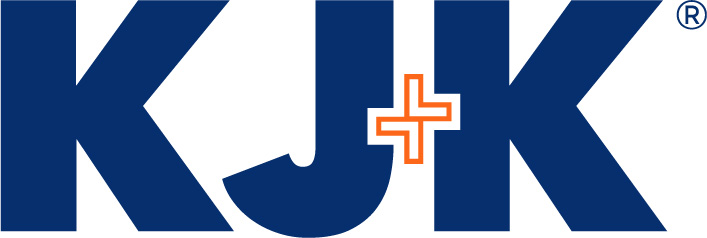In a new Interim Final Rule issued by the Small Business Administration (SBA) on Thursday, June 11, 2020, the SBA revised its April 2, 2020 Interim Final Rule for the Paycheck Protection Program (PPP) to conform it to the new requirements under the Paycheck Protection Program Flexibility Act of 2020 (the “Flexibility Act”), which was enacted on June 5, 2020.
Here are the takeaways from the new rule:
Covered Period
The “covered period” that applies to loan use, loan eligibility and related requirements under Section 1102 of the CARES Act—but not to forgiveness under Section 1106 of the CARES Act—is extended to Dec. 31, 2020. This change is retroactive to March 27, 2020. This permits the spending of PPP proceeds on “allowable” uses through the end of the year, although to be forgiven, expenses must be incurred or payments must be a made within the 24-week “loan forgiveness covered period” that begins running on the loan disbursement date (note: borrowers with loans made before June 5, 2020 can elect to use the eight-week period starting as of disbursement as their “loan forgiveness covered period).
Maturity Date
PPP loans made on or after June 5, 2020 have a five-year maturity. This is in contrast to PPP loans made before June 5, 2020, which continue to have a two-year maturity, although lenders are expressly authorized to extend the terms of such loans to five years. Loans are considered “made” when the SBA assigns a loan number to them.
Deferral Period
If a borrower submits a forgiveness application within 10 months after the end of its loan forgiveness covered period, no principal or interest payments will be required before the date on which the SBA remits the forgiven amount to the lender or denies forgiveness. The lender will advise the borrower of when the first payment will be due, and interest will accrue during the deferment period. If no forgiveness application is submitted within 10 months after the end of the loan forgiveness covered period, the borrower’s payments will begin on or after the end date of that period.
Loan Forgiveness and Use of Proceeds
The 60% payroll costs requirement is a proportional limit on nonpayroll costs as a share of the borrower’s loan forgiveness amount and is not intended to be a threshold for receiving any loan forgiveness. All principal and interest may be forgiven if the loan proceeds are used for forgivable purposes and the employee and compensation levels are maintained or a safe harbor applies. To maximize forgiveness, borrowers should use 60% of loan proceeds for payroll costs.
Borrower Certifications
The certifications made by borrowers in the loan application are updated to reflect the 60/40 payroll/nonpayroll ratio adjustment, including that not more than 40% of the proceeds will be used for nonpayroll costs.
The Interim Final Rule also notes that the SBA will be issuing revisions to its other rules on forgiveness and loan review procedures to address the Flexibility Act.
Please reach out to Cary Zimmerman at caz@kjk.com or 216.736.7275 or Demetrius Robinson at djr@kjk.com or 615.427.5749 with any questions you have about the Paycheck Protection Program.
